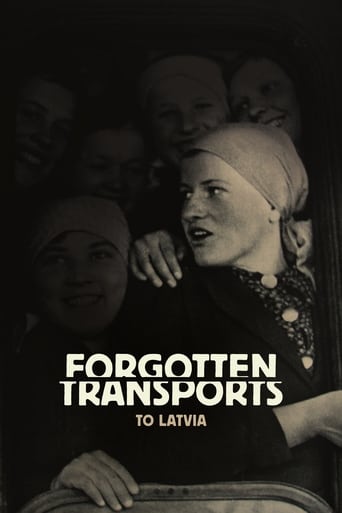
25 Nov 2007

Forgotten Transports to Latvia
In January of 1942, two first transports with hundreds of Czech Jews leave Theresienstadt for the east. After a journey lasting several days, the trains reach the Latvian capital of Riga.

komentář

25 Nov 2007

In January of 1942, two first transports with hundreds of Czech Jews leave Theresienstadt for the east. After a journey lasting several days, the trains reach the Latvian capital of Riga.
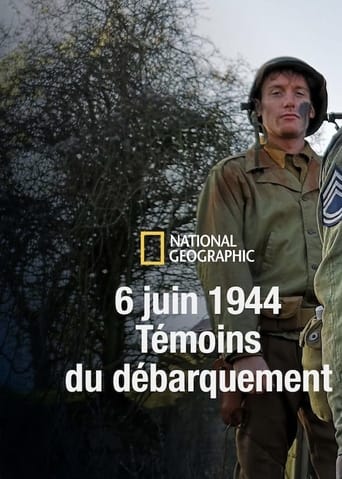
04 Jun 2019

One famous day. Five heroes. Five key turning points that changed the course of World War Two during the D Day landings, told through the eyes of the people who made a difference. Using rarely seen archive, dramatic reconstruction and written accounts from eye witnesses and personal testimony from our five heroes, this is D Day as never seen before.

13 Nov 1953

The film begins with the First World War and ends in 1945. Without exception, recordings from this period were used, which came from weekly news reports from different countries. Previously unpublished scenes about the private life of Adolf Hitler and Eva Braun were also shown for the first time. The film was originally built into a frame story. The Off Commentary begins with the words: "This film [...] is a document of delusion that on the way to power tore an entire people and a whole world into disaster. This film portrays the suffering of a generation that only ended five to twelve. " The film premiered in Cologne on November 20, 1953, but was immediately banned by Federal Interior Minister Gerhard Schröder in agreement with the interior ministers of the federal states of the Federal Republic of Germany.
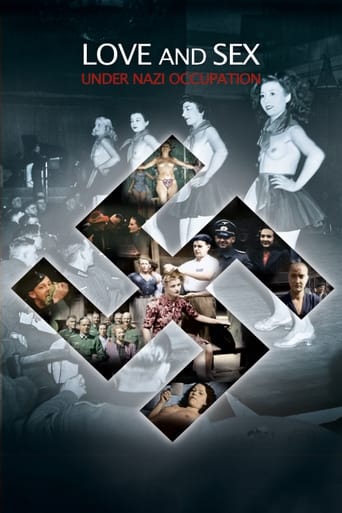
11 Oct 2011

Love & Sex under Nazi Occupation questions the burning mystery of intimate heterosexual and homosexual relations in times of war... and shows how being close to death reinforces the yearning for passion, for pleasure, for transgression, for desire as a last burst of freedom, as an ultimate call to life. Nearly two hundred thousands children are thought to be born of the union of French women with German soldiers. Women weren't the Germans' only conquests; indeed, occupied Paris swarms with all kinds of homosexuals—from Genet to Cocteau—who treated with the occupier. The fate of those women who were shaved at the end of the war for fraternizing with Germans is the punishment of a France that lied down and slept with the enemy.

23 May 2018

A meditation on youth, war and stunning bravery, featuring footage, taken from the National Archives, from the documentary filmed in 1943 by legendary Hollywood director William Wyler about the famous Memphis Belle flying fortress and the gripping narration from some of the last surviving B-17 pilots.
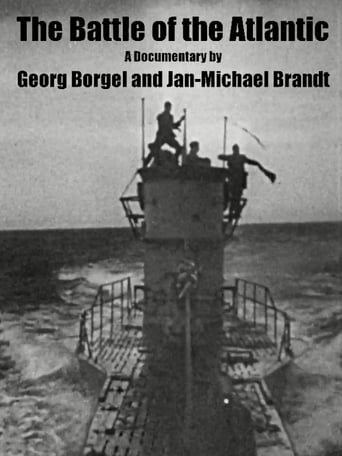

Germany in 1941. War in Europe for two years. The Nazis at the height of their power. Since the beginning of the war, there has been a frontline in the west where the traces of horrible fights disappear on the spot:The Battle of the Atlantic. England, traditionally the leading naval power worldwide was to be cut off from all supplies by a blockade while the balance of power is not in favor of the German Kriegsmarine. Their commander-in-chief complains that "the war was five years early." That a victory seems achievable at the beginning is the result of a weapon that was only known in Germany at the height of perfection and drill: submarines.
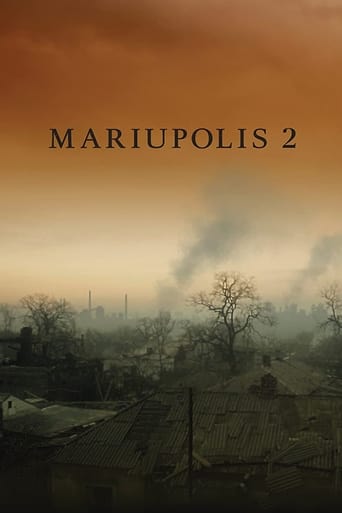
17 Nov 2022

In 2022, Mantas Kvedaravičius went back to Ukraine, Mariupol, at the heart of the war, to be with the people he had met and filmed in 2015. Following his death, his producers and collaborators have put all their strength into continuing transmitting his work, his vision and his films. Also a PhD in anthropology, Mantas Kvedaravičius wished to testify as a filmmaker as far as possible from the agitation of the media and the politicians. With huge force and sensitivity, Mariupolis 2 depicts life as it continues amidst the bombing and reveals images that convey both tragedy and hope.
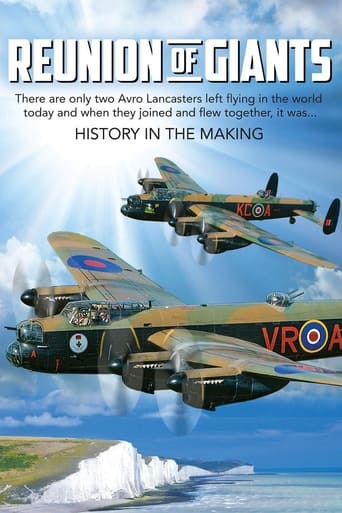
11 Nov 2015

It had been 50 years since two Avro Lancaster bombers flew side by side. The Canadian Warplane Heritage Museum's Avro Lancaster, VeRA, flew from Hamilton, Ontario to meet her British counterpart, Thumper - the only other surviving flight worthy Lancaster bomber in the world - the RAF Battle of Britain Memorial Flight's (BBMF) Lancaster in England. This documentary includes first-hand accounts from the men and women who experienced the war and were connected to the Lancaster. It transports the viewer back in time as they share what it was like during the Lancaster's glory days. REUNION OF GIANTS documents this historic mission as it unfolds through the eyes of the flight crews, veterans, friends and family. It includes all parts in this new chapter of the bomber's history, as VeRA crosses the Atlantic.

03 Nov 2006

One and a half years before the begin of the Second World War during the annexation of Austria in March of 1938, Hitler conceived the megalomaniac idea of creating the largest European art center in his home town of Linz. At the beginning of the war on the 1st of September 1939, not only did his armies advance but also his art thieves began to fan out in their great foray of art plundering; an expedition on a previously unheard of scale began. Not only did the task forces of diverse National Socialist organizations pillage the occupied countries; Nazi bigwigs like Goering also took whatever they felt was valuable. This documentary includes the long and eventful journey of an exceptional masterpiece of European art: the Ghent Altar, created by van Eyck.

17 Nov 2007

Filmed in the quaint prairie town of Herbert, Saskatchewan, Heaven or Not by filmmakers Zuzana Hudackova and Danijel Margetic is an intimate portrayal of one man's tireless journey to give his life greater meaning. John Gerbrandt, a WWII veteran, has been singlehandedly building a 7,000-square-foot house over the past three decades with nothing more than his pension and salvaged materials. With no formal training, he is fuelled by a powerful determination to prove his worth to his God, his family, and his community. John's story transcends day-to-day life in a small town and reaches the realm of deep spirituality marked by an unwavering commitment. Now at the age of 84, suffering from health problems and the financial burden of property taxes, John might not be able to finish his lifelong endeavor.
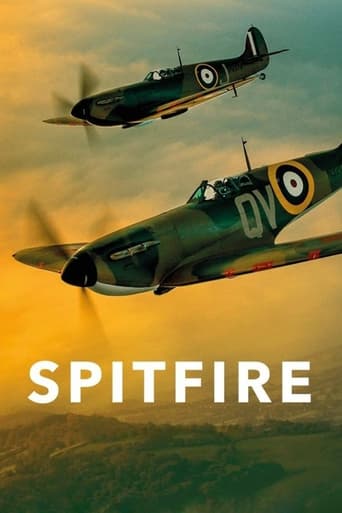
20 Jul 2018

A feature documentary about the people and the planes that helped win World War War II. Through people personally connected to the events, the film investigates the story of how the Spitfire, its stable-mate, the Hawker Hurricane and its great adversary, the Messerschmitt 109 came into being during the huge advances in aviation in the interwar period—and then how the pilots fared in combat, three miles up in the skies over Europe, Africa and Asia.

01 Jan 2020

Following the tradition of military service in her family, Alene Duerk enlisted as a Navy nurse in 1943. During her eventful 32 year career, she served in WWII on a hospital ship in the Sea of Japan, and trained others in the Korean War. She became the Director of the Navy Nursing Corps during the Vietnam War before finally attaining the rank of Admiral in the U.S. Navy. Despite having no other women as mentors (or peers), Admiral Duerk always looked for challenging opportunities that women had not previously held. Her consistently high level of performance led to her ultimate rise to become the first woman Admiral.

01 Jan 2009

On April 9, 1938, the 1st Mountain Division was formed in Garmisch-Partenkirchen and quickly grew to a strength of 20,000 men. At the beginning of the Russian campaign on 22 June 1941, the "Edelweiss Division" ran into a buildup of 122 Red Army divisions with over 10,000 tanks and 91 air squadrons on the southern front alone. In the toughest of battles, the mountain troops fought their way to the summit of Mount Elbrus - the highest mountain in the Caucasus! - and set military as well as alpinistic standards of almost superhuman performance. In moving eyewitness accounts, illustrated by gripping original footage, the triumphant march and ordeal of the 1st Mountain Division from June 1941 to December 1942 is traced under the leadership of the renowned British book and film author.
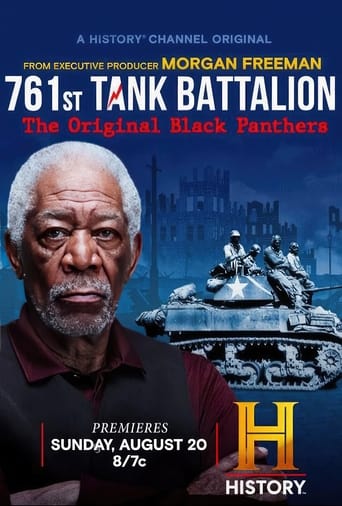
20 Aug 2023

The riveting story of the first all-Black tank battalion to fight in US military history. Under General George Patten's command, the 761st fought heroically throughout WWII and were the furthest east of all US troops in the European theater of war.

01 Jan 2013

Adolf Hitler's Nazi megalomania knew no limits. The most daring of his plans World War II involved German fighter planes crashing into Manhattan's skyscrapers as living bombs, like the Japanese kamikazes. Hitler understood the huge symbolic power of Manhattan's skyscrapers. He believed suicide bombing would have a devastating psychological impact on the American people and the U.S. war effort.
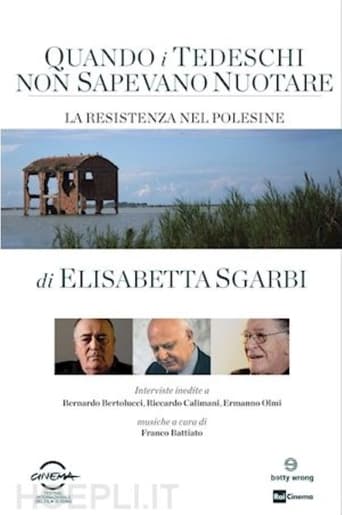
08 Nov 2013

No overview found
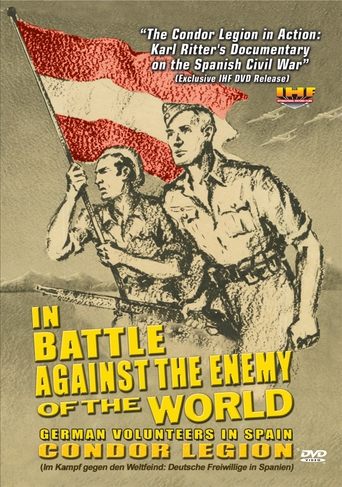
07 Jul 1939

Nazi propaganda film about the Condor Legion, a unit of German "volunteers" who fought in the Spanish Civil War on the side of eventual dictator Francisco Franco against the elected government of Spain.
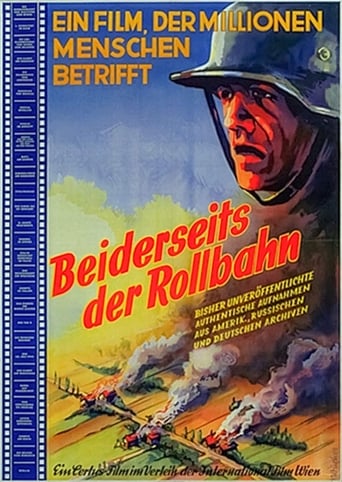
07 Jul 1953

No overview found
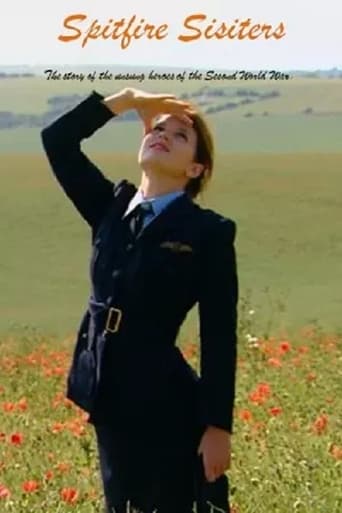
18 Oct 2010

'Spitfire Sisters' tells the story of the remarkable ladies who flew for the Air Transport Auxiliary (ATA) in World War Two. Called upon to ferry military planes of all types between airfields, factories and maintenance units, these ladies were faced with bad weather, operational adversities and flying planes they had never flown before. Now in their 90's, these ladies tell us of the adventures they experienced during their incredible lives as Ferry Pilots. With tales of love, laughter and loss, people can't help but feel permanently amazed by the achievements of these unique women. They are the unsung heroes of the Second World War.
28 Mar 2012
The 3rd Division was in the van of the D Day assault force. Their task was to break through Hitler's Atlantic Wall on a stretch of Normandy beach codenamed SWORD. Once ashore their problems were only just beginning! Montgomery had tasked the Division with the capture of Caen but the Germans were deployed in greater depth and strength than the Allies assumed. Rommel had deployed 21st Panzer Division into positions immediately behind the invasion area. With bitter fighting in the villages and open ridges around Caen the two sides fought a desperate battle; the Germans knew that once firmly ashore it would be impossible to throw them back into the sea. This film charts the operations on D Day from the embarkation of the force, the crossing, assault landing and the subsequent advance to the Perriers Ridge.